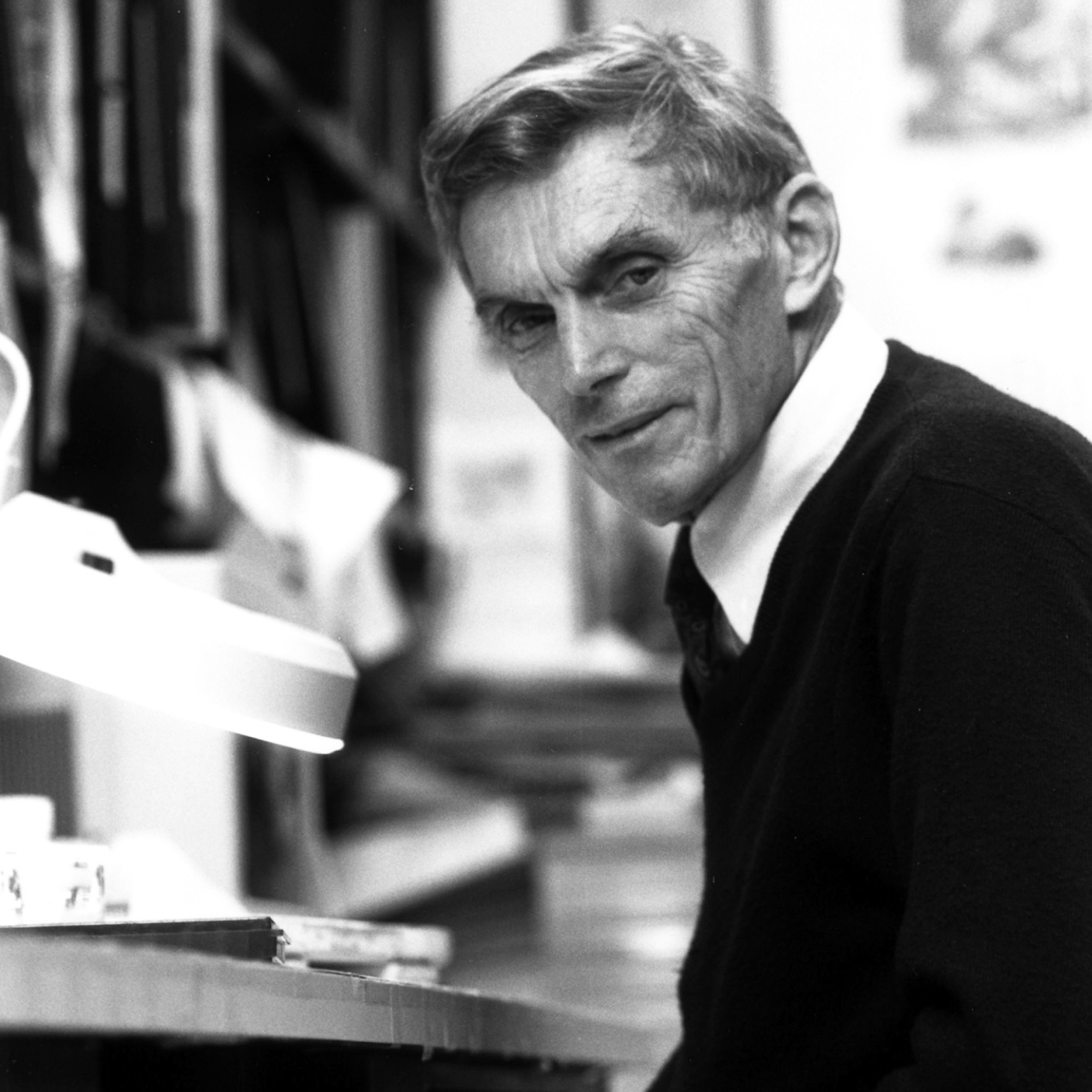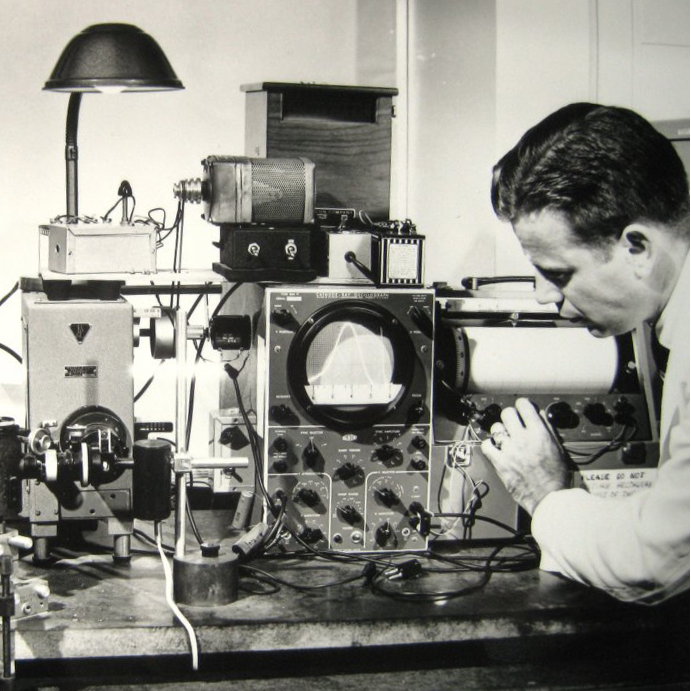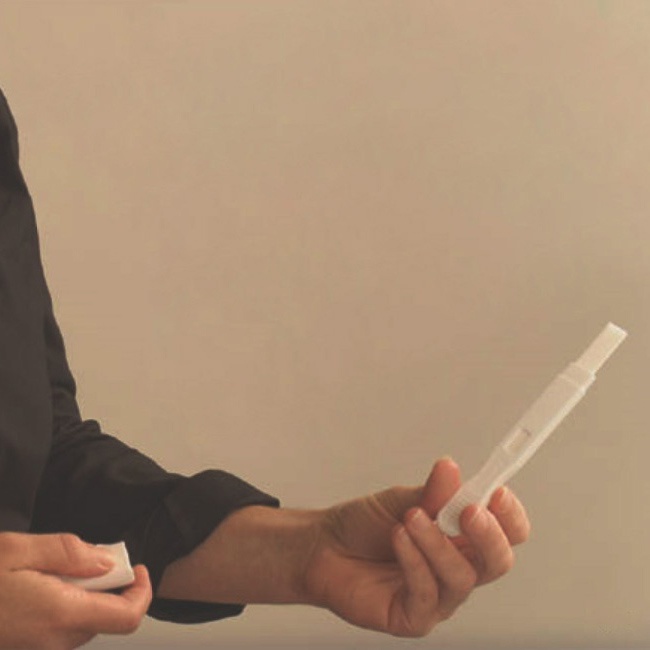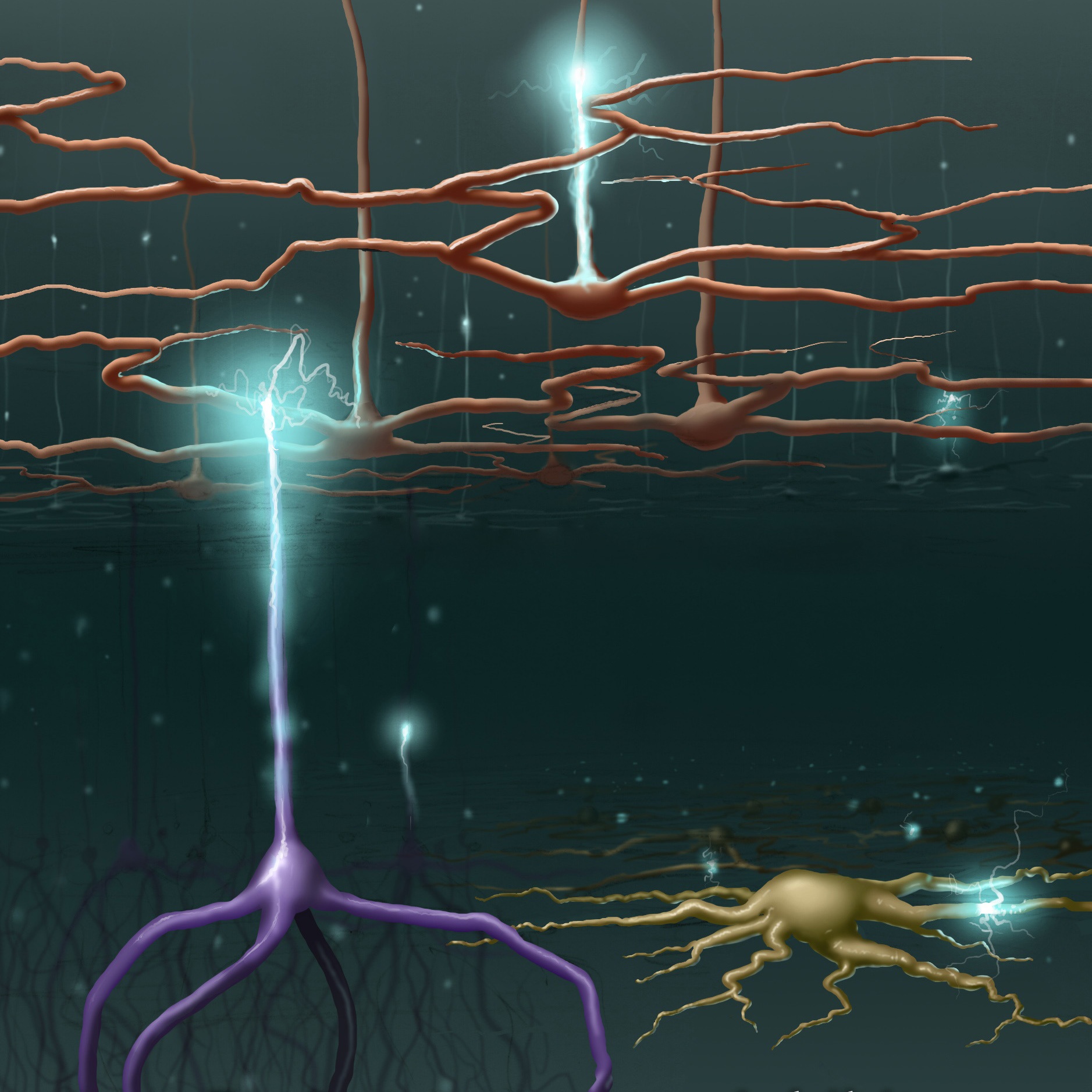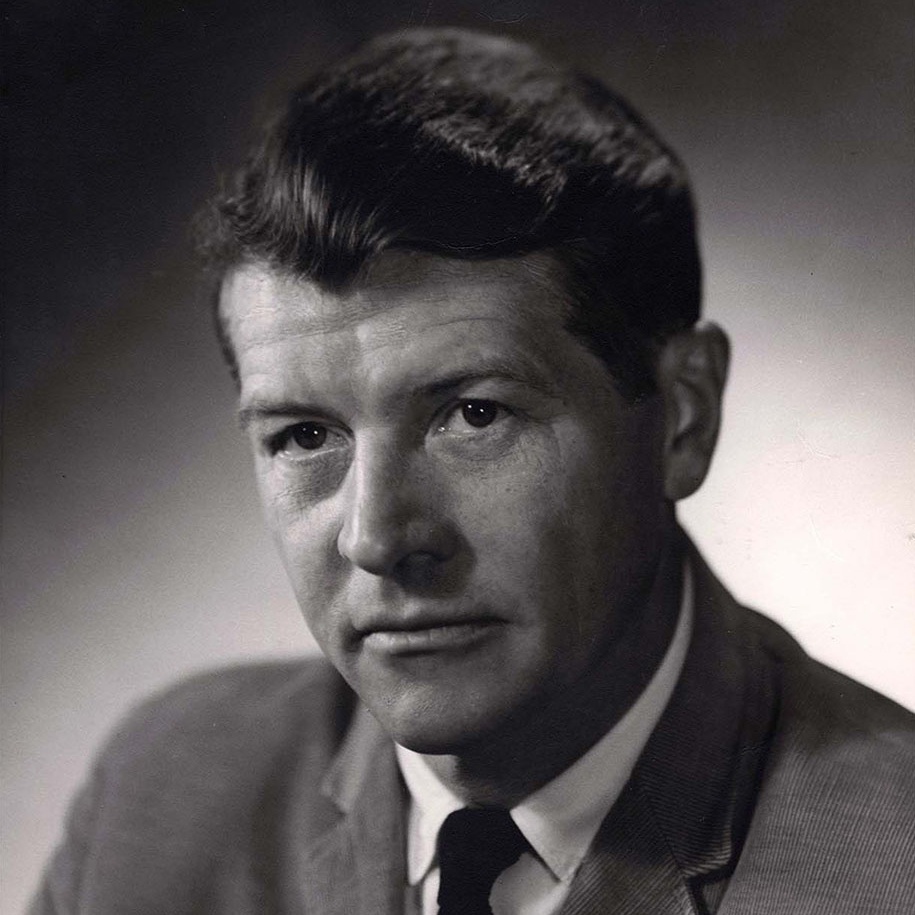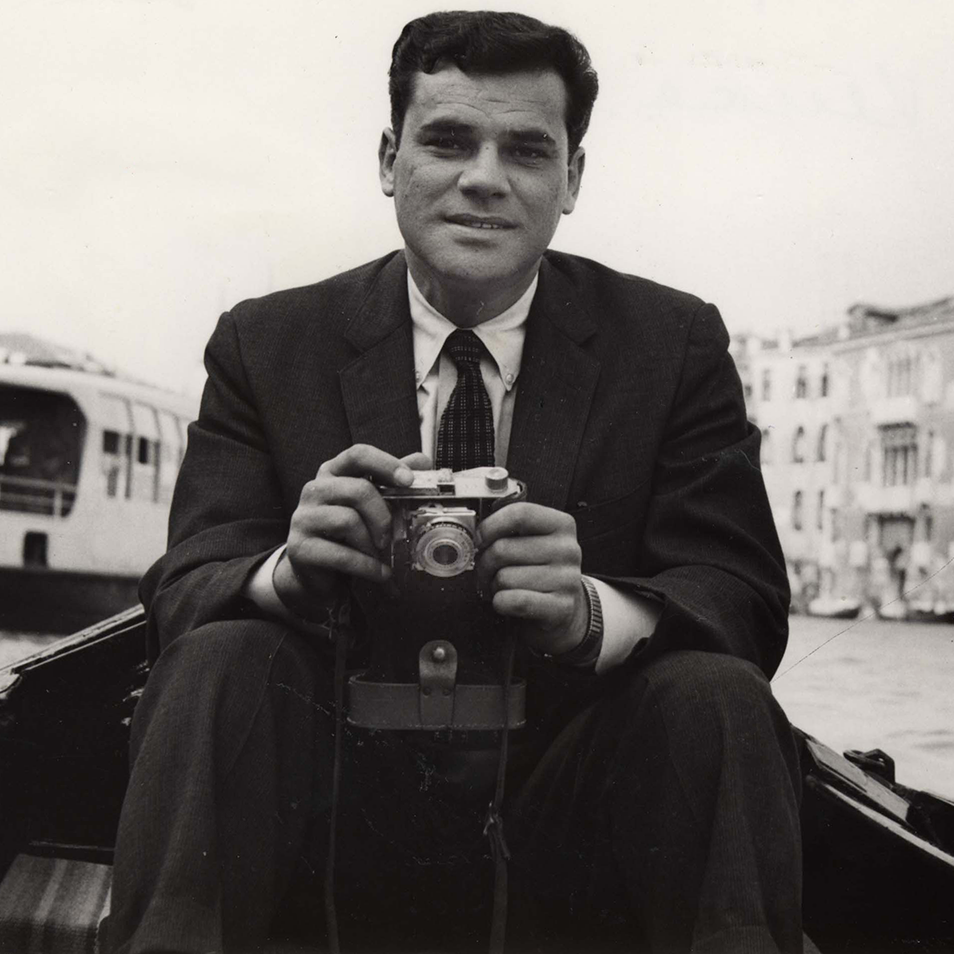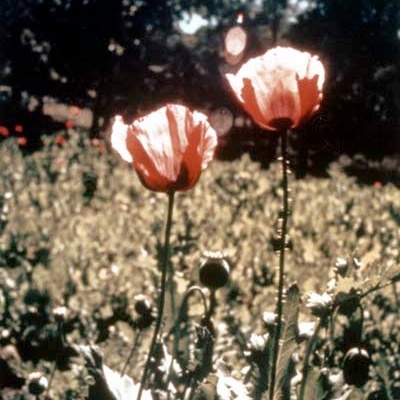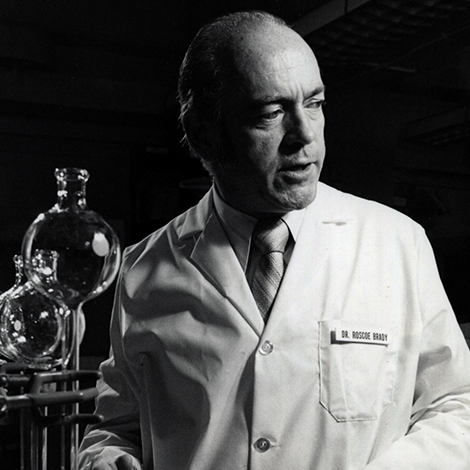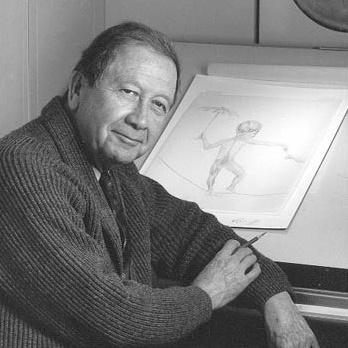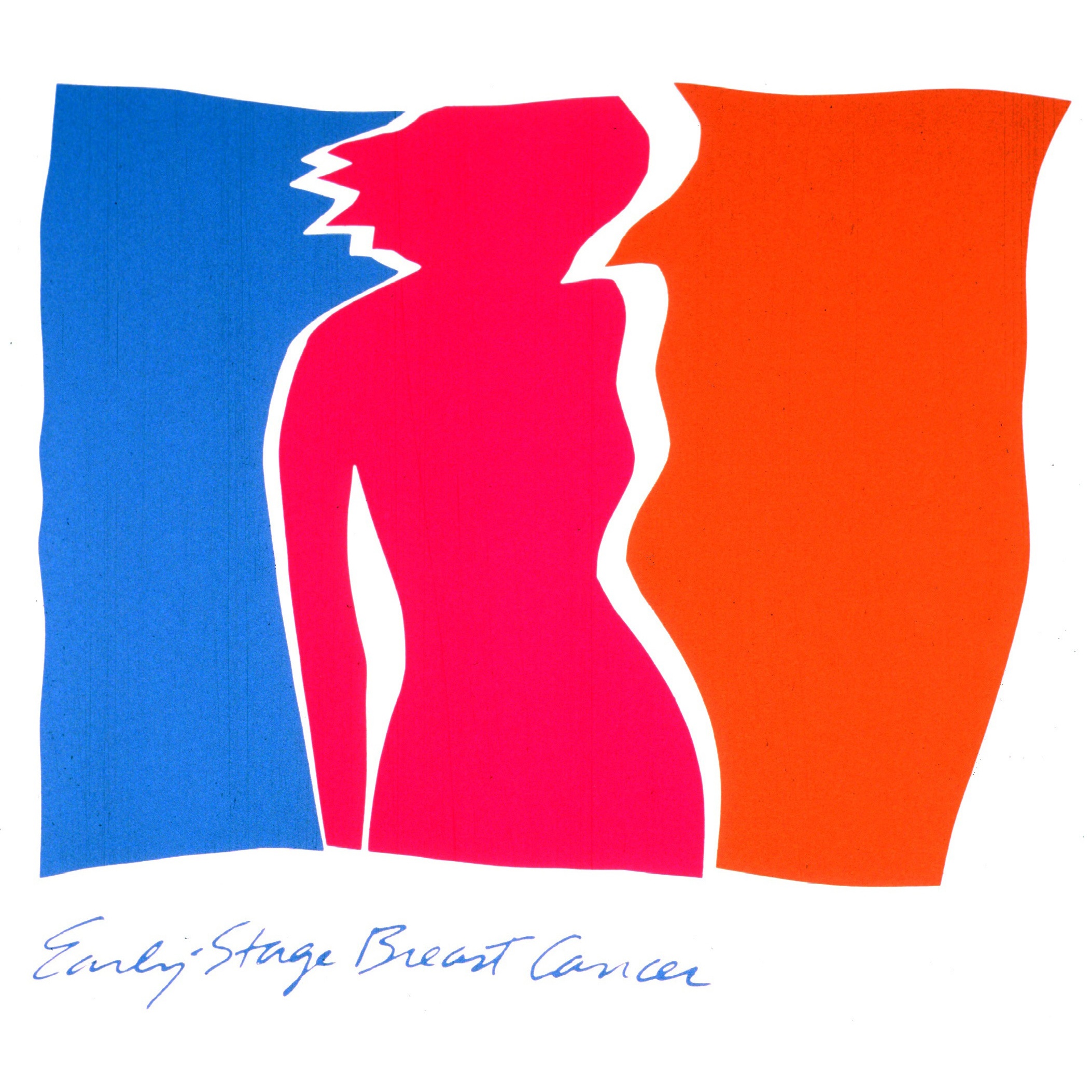Exhibits by Institute Gallery
FDA
NCI
Michael Potter investigated the twin questions of what causes cancer and how we produce the antibodies called immunoglobulins which protect us from disease.
NHLBI
Explore the Nobel Prize-winning work of Marshall Nirenberg, who deciphered the genetic code with the help of NIH colleagues, enabling genetics to become a central scientific field.
The scientific power couple of Thressa and Earl Stadtman developed a unique way to train scientists; they each made significant scientific contributions too.
The colorful glow of fluorescent chemicals can identify and measure tiny amounts of substances in the body. This spectrophotofluorometer invented by Robert Bowman did just that.
NIAID
All sorts of viruses were visualized for the first time on this Siemens 1-A Electron Microscope used by Albert Kapikian.
NIBIB
Learn about cutting-edge research funded by the National Institute of Biomedical Imaging and Bioengineering.
NICHD
Discover the history of the home pregnancy test—developed at the NIH—and examine its place in our culture.
NIDCR
Pain is a universally known and feared human condition, but it's also one of the least understood. Learn about NIH research on different facets of pain.
NIDDK
How are proteins made? How do they fold, and what role does structure play in their function? Chris Anfinsen's investigations answered these questions; they also led to a Nobel Prize.
Studying hormones, Martin Rodbell discovered how cells respond to signals, explaining how our body makes sense of the world. For his work, he was awarded a Nobel Prize.
Learn how the NIH Total Opiate Synthesis freed us from dependence upon flowers for painkillers and opened the door to new ones.
NINDS
Is there a disease? What causes it? Can we prevent, treat, or cure it? Roscoe Brady's research into Gaucher's disease answered all three questions.
ORS
Howard Bartner, an NIH medical illustrator, devoted 40 years to portraying human anatomy in his drawings.
Discover a collection of 24 medical posters drawn by artists at the NIH, representing topics from arthritis to women's health.



